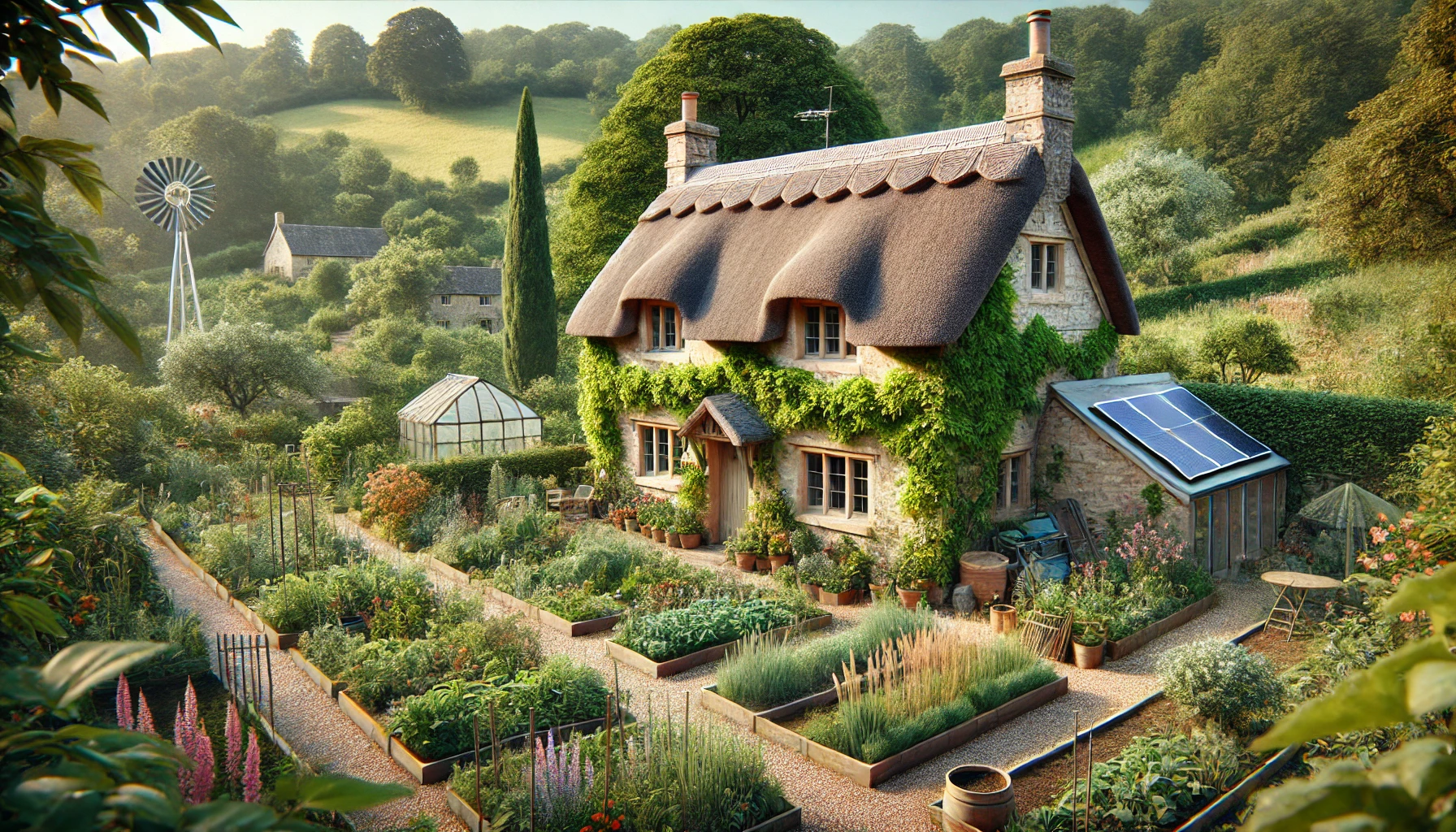Our Response to Historic England’s Carbon Efficiency Guidance
Historic England’s latest advice note, “Adapting Historic Buildings for Energy and Carbon Efficiency,” released in July 2024, provides essential strategies for enhancing the energy performance of historic structures without compromising their heritage value. This note is a response to the UK’s commitment to achieving Net Zero by 2050 and addressing the climate crisis. At Gowercroft Joinery, we welcome these guidelines and offer our expert insights, having shared our opinions during the consultation phase, which led to the inclusion of vacuum glazing as generally acceptable.
What is Gowercroft Joinery’s View on Historic Windows?
We follow these guiding principles:
1. Maintaining the look and feel of historically important buildings
This is a vital element of our cultural heritage and attracts valuable tourism. It also has a huge impact on the well-being of communities. Historic England report published in March found:
“individuals residing close to dense cultural heritage areas report higher levels of life satisfaction after controlling for socioeconomic and neighbourhood factors“
2. Reducing the environmental impact of heritage buildings
We are deeply concerned about the environment and Climate Emergencies declared by councils across the country and playing our part in the journey to Net Zero.
This feeling is shared by Historic England, as the Climate Change and Historic Building Adaptation states:
“historic buildings must continue to change and evolve if they are to contribute to a greener future and be fit for purpose for the people who live in, experience and care for them. If done thoughtfully and carefully these changes can achieve the complementary goals of protecting our heritage and adapting to a changing climate and low carbon economy.“
3. Delivering long-term solutions which minimise on-costs for occupants and encourage people to want to own and maintain these heritage assets
We may be a window manufacturers, but we don’t advocate for ripping out and replacing historic windows as a general rule. In fact, most of the windows that we replace are not actually original windows they are poor quality replicas post-1960, which hold limited heritage significance.
It is our responsibility to ensure that we develop products that are appropriate and authentically replicate the originals and we take that responsibility seriously.
Why is the Inclusion of Vacuum Glazing a Positive Development?
We commend the inclusion of vacuum glazing and the positive shift in tone. These advancements reflect the integration of modern technology with heritage conservation, essential for balancing preservation with energy efficiency. However, we dislike grouping vacuum glazing with slimline glazing, as slimline glazing is an inferior product.
What are the Challenges with Slim Double Glazing?
The recommendation for slim double glazing presents several issues:
- Non-Compliant Low Sightline Glass:
- The smallest sightline compliant with EN1279, parts 2 and 3 is 8.5mm, necessitating bars at least 33mm wide to encompass the correct feather and spacer bar cover. Clearly, this is unsuitable for many heritage windows.
- Pass-Through Glazing Bars:
- Slim pass-through glazing bars coupled with double glazing are regularly specified and pushed by heritage architects and conservation officers. This creates a market for low sightline glass that does not meet required standards.
- Unreasonably High Breakdown Rates:
- These non-compliant units have unreasonably high breakdown rates and short lifespans.
- Aesthetic and Financial Detriment:
- This market trend results in significant detriment to the appearance and maintenance costs of conservation and listed properties.
How Have Applied Glazing Bars Improved with Technology?
Technological advancements have significantly improved applied glazing bars. Modern integrated mechanical fix systems with vacuum glazing now accurately replicate 18-22mm wide historic bars without the maintenance issues typically associated with stuck-on bars. These systems offer superior U-value performance compared to multi-pane solutions, enhancing energy efficiency and reducing costs. A vacuum-glazed Georgian window with applied bars can achieve 1.1W/m2K, whereas a multi-pane solution with pass-through bars would be around 1.8W/m2K.
Why is Clarifying Material Use Important for Historic Buildings?
The ambiguous reference to “windows of an appropriate material” needs clearer definition. The use of uPVC windows in listed buildings and conservation areas is detrimental. Authenticity should be maintained—if the original material was steel, it should remain steel; if timber, then timber. The argument that uPVC windows are required for energy efficiency is flawed given the timber window solutions on the market, and the sustainability of the two products are night and day despite the greenwashing from the plastics industry.
What Do Experts Say About the Need for Clearer Guidance?
Our Managing Director, Andrew Madge, highlighted in a Financial Times article, emphasises the necessity for precise guidance to aid local conservation officers. Consistent interpretation nationwide is crucial to avoid confusion and inconsistency. Additionally, setting minimum performance standards for new windows and doors in conservation areas and listed properties is imperative.
How is the Industry Responding to the New Guidance?
Building Design Online describes the new guidance as a missed opportunity to fully embrace the climate crisis. Our innovative solutions, such as vacuum-glazed retrofits with correct glazing bar widths for Grade II listed buildings, are featured prominently. This highlights our commitment to excellence and sustainability in heritage conservation.
Why is Clear and Uniform Guidance Crucial?
We advocate for clearer, uniform guidance to assist local conservation officers. Consistent interpretation across the country is crucial to avoid confusion and inconsistency. Additionally, setting minimum performance standards for new windows and doors in conservation areas and listed properties would be beneficial.
Historic England’s new guidance is a step in the right direction, but there are areas that require further refinement. At Gowercroft Joinery, we remain committed to delivering solutions that preserve our heritage while embracing the future of energy efficiency.
For more insights and updates on how we are adapting historic buildings to meet modern energy standards, visit our blog.

